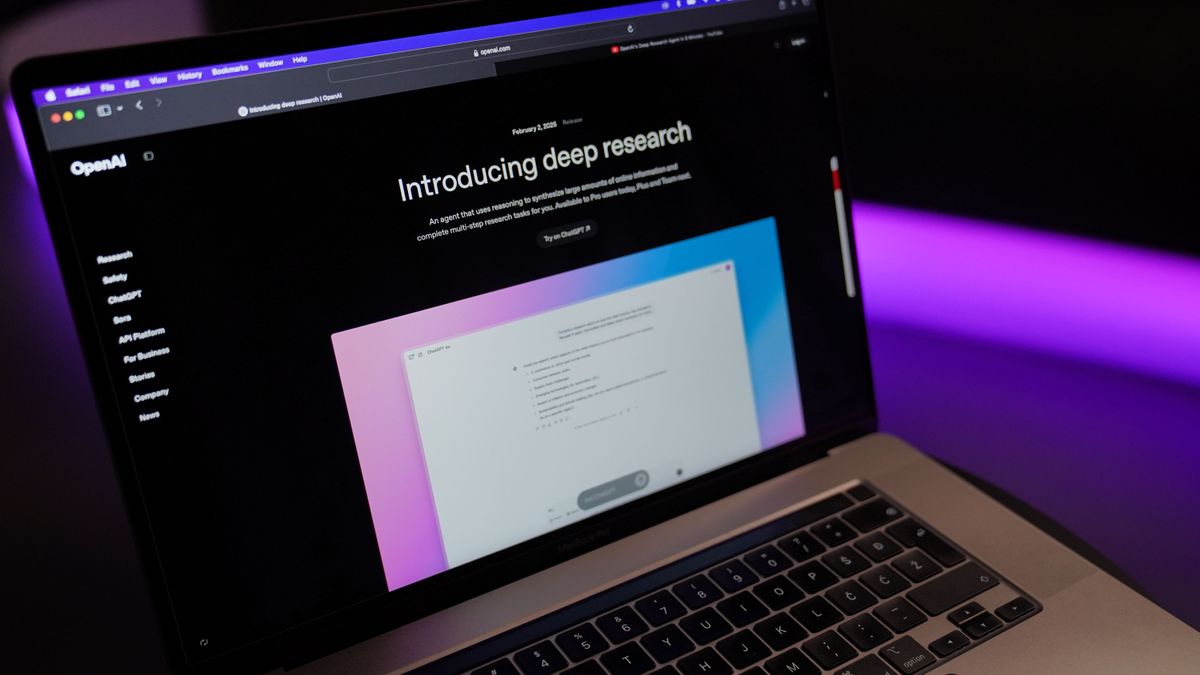Breaking: ChatGPT Unleashes Deep Research Feature for Free Users, But With a Catch

Limited Access Alert: Your Monthly Quota Awaits
Brace yourself for a slight catch in this otherwise exciting feature. While the service offers incredible potential, there's a small caveat to keep in mind: you're restricted to just five uses per month. Think of it as a strategic sampling—a chance to experience the service's capabilities without overwhelming you with unlimited access.
This measured approach allows you to carefully select and maximize each of your monthly interactions, turning each use into a thoughtful, purposeful experience. Quality over quantity becomes your guiding principle, encouraging you to make each of those five opportunities truly count.
